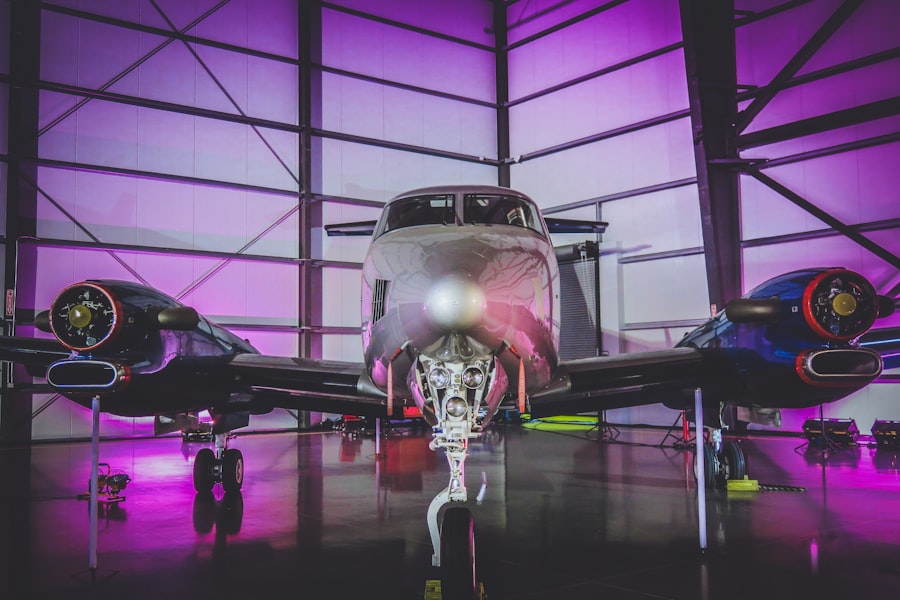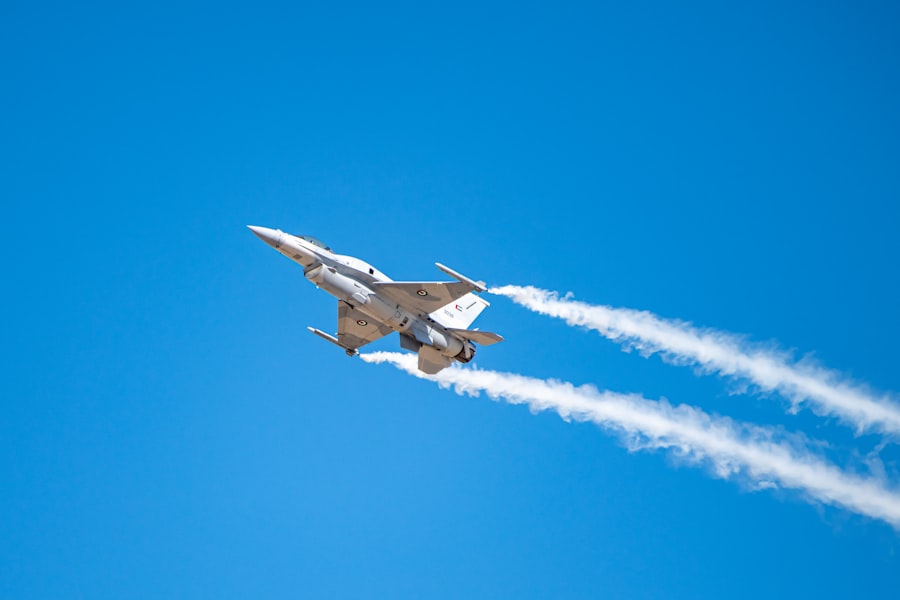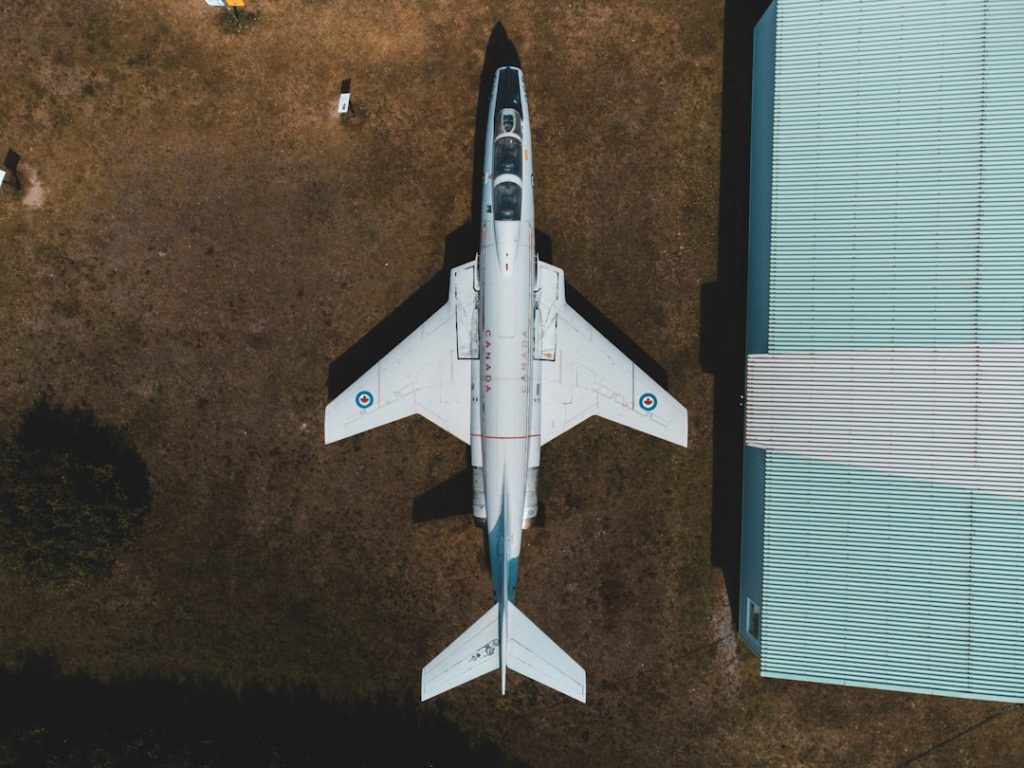The concept of space tourism has transitioned from the realm of science fiction into a burgeoning industry, with several private companies leading the charge. Pioneers like SpaceX, Blue Origin, and Virgin Galactic have made significant strides in developing spacecraft capable of carrying civilians beyond the confines of Earth’s atmosphere. For instance, Blue Origin’s New Shepard has successfully completed multiple suborbital flights, allowing passengers to experience a few minutes of weightlessness and witness the curvature of the Earth.
These flights are not just a novelty; they represent a significant leap in making space accessible to the general public. The excitement surrounding these missions has sparked interest from a diverse demographic, ranging from wealthy adventurers to those simply curious about the cosmos. Moreover, advancements in technology have made these journeys safer and more feasible.
The development of reusable rocket technology has drastically reduced costs, making space travel more economically viable. SpaceX’s Falcon 9 rocket, for example, has demonstrated the ability to return to Earth and be reused multiple times, which is a game-changer for the industry. As these companies continue to innovate, the prospect of space hotels and orbital vacations is becoming increasingly realistic.
Companies like Axiom Space are already planning to build commercial space stations that could serve as hotels for tourists, further expanding the possibilities of space tourism. This evolution not only opens up new frontiers for adventure but also stimulates interest in STEM fields as younger generations aspire to be part of this exciting industry.
Key Takeaways
- Space tourism is advancing rapidly, with companies like SpaceX and Blue Origin offering commercial flights to space.
- Sustainable aerospace technology is becoming a priority, with a focus on reducing carbon emissions and environmental impact.
- Artificial intelligence is being increasingly used in aerospace for tasks like autonomous flight and predictive maintenance.
- The small satellite market is experiencing significant growth, driven by advancements in technology and increasing demand for satellite-based services.
- Cybersecurity is a major concern in the aerospace industry, leading to increased emphasis on protecting aerospace systems from cyber threats.
Sustainable Aerospace Technology
As the aerospace industry grapples with its environmental impact, there is a growing emphasis on sustainable technology. The aviation sector is one of the significant contributors to greenhouse gas emissions, prompting manufacturers and researchers to explore alternative fuels and energy-efficient designs. Sustainable aviation fuels (SAFs) are at the forefront of this movement, derived from renewable resources such as plant materials and waste products.
These fuels can significantly reduce carbon emissions compared to traditional jet fuels, making them an attractive option for airlines looking to meet increasingly stringent environmental regulations. In addition to alternative fuels, advancements in electric and hybrid propulsion systems are gaining traction. Companies like Airbus and Boeing are investing in research and development to create aircraft that utilize electric engines or hybrid systems that combine traditional jet engines with electric power.
For example, the E-Fan X project by Airbus aims to develop a hybrid-electric aircraft that could reduce fuel consumption by up to 30%. This shift towards electrification not only promises lower emissions but also offers the potential for quieter operations, which is particularly beneficial for urban areas near airports. The integration of sustainable technologies is not merely a trend; it represents a fundamental shift in how the aerospace industry approaches its environmental responsibilities.
Increased Use of Artificial Intelligence

Artificial intelligence (AI) is revolutionizing various sectors, and aerospace is no exception. The integration of AI technologies into aviation operations enhances efficiency, safety, and decision-making processes. One notable application is in predictive maintenance, where AI algorithms analyze data from aircraft sensors to predict potential failures before they occur.
This proactive approach minimizes downtime and reduces maintenance costs, ultimately leading to safer flights. Airlines are increasingly adopting these technologies to streamline operations and improve overall reliability. Furthermore, AI is playing a crucial role in air traffic management systems.
With the increasing number of flights globally, managing airspace efficiently has become a complex challenge. AI-driven systems can analyze vast amounts of data in real-time, optimizing flight paths and reducing congestion in busy airspaces. For instance, NASA’s Air Traffic Management program utilizes AI to enhance decision-making processes for air traffic controllers, improving safety and efficiency.
Additionally, AI is being employed in autonomous flight systems, where drones and unmanned aerial vehicles (UAVs) navigate without human intervention. This technology has vast implications for cargo delivery services and urban air mobility solutions, showcasing how AI is reshaping the future of aerospace.
Growth in Small Satellite Market
| Year | Number of Small Satellites Launched | Market Revenue (in million USD) |
|---|---|---|
| 2015 | 92 | 2,342 |
| 2016 | 115 | 2,890 |
| 2017 | 145 | 3,512 |
| 2018 | 172 | 4,201 |
| 2019 | 198 | 4,920 |
The small satellite market has experienced exponential growth over the past decade, driven by advancements in technology and decreasing launch costs. These compact satellites, often weighing less than 500 kilograms, are increasingly being utilized for various applications, including Earth observation, telecommunications, and scientific research. The rise of companies like Planet Labs and Spire Global exemplifies this trend; they leverage small satellites to provide high-resolution imagery and data analytics services that were once only possible with larger satellites.
The democratization of space access has also played a pivotal role in this growth. With the advent of rideshare missions—where multiple small satellites share a single launch vehicle—companies can deploy their satellites at a fraction of the cost compared to traditional launches. This has opened up opportunities for startups and smaller nations to participate in space exploration and satellite deployment.
Moreover, advancements in miniaturization technology have allowed for more sophisticated payloads to be integrated into smaller satellites, enhancing their capabilities without significantly increasing size or weight. As this market continues to expand, it is likely to foster innovation across various sectors by providing timely data and insights that can drive decision-making processes.
Emphasis on Cybersecurity in Aerospace
As aerospace systems become increasingly interconnected and reliant on digital technologies, cybersecurity has emerged as a critical concern for the industry. The potential vulnerabilities associated with aircraft systems, air traffic control networks, and satellite communications pose significant risks that could compromise safety and operational integrity. High-profile incidents involving cyberattacks on critical infrastructure have underscored the need for robust cybersecurity measures within aerospace operations.
To address these challenges, aerospace companies are investing heavily in cybersecurity frameworks that encompass both hardware and software solutions. This includes implementing advanced encryption protocols for data transmission and developing intrusion detection systems that can identify and mitigate threats in real-time. Additionally, regulatory bodies such as the Federal Aviation Administration (FAA) are establishing guidelines to ensure that cybersecurity measures are integrated into the design and operation of aircraft systems.
Training personnel on cybersecurity best practices is also essential; human error remains one of the most significant vulnerabilities in any security framework. By prioritizing cybersecurity, the aerospace industry aims to safeguard its operations against evolving threats while maintaining public trust in air travel.
Rise of Urban Air Mobility

Urban air mobility (UAM) represents a transformative shift in how we envision transportation within metropolitan areas. As cities become increasingly congested, traditional ground transportation methods struggle to keep pace with growing populations and urbanization trends. UAM seeks to alleviate these challenges by introducing aerial vehicles capable of transporting passengers and cargo within urban environments.
Companies like Joby Aviation and Volocopter are at the forefront of developing electric vertical takeoff and landing (eVTOL) aircraft designed specifically for urban settings. The potential benefits of UAM extend beyond mere convenience; they include reduced traffic congestion, lower emissions, and faster travel times. For instance, a journey that might take an hour by car could be completed in mere minutes via an eVTOL aircraft flying directly to its destination without being hindered by ground traffic.
However, realizing this vision requires overcoming significant regulatory hurdles and ensuring safety standards are met. Collaboration between government agencies, manufacturers, and urban planners will be essential in developing infrastructure such as vertiports—designated landing areas for aerial vehicles—and integrating UAM into existing transportation networks.
Expansion of Commercial Space Exploration
The expansion of commercial space exploration marks a new era in humanity’s quest to explore beyond our planet. Private companies are increasingly taking on roles traditionally held by government agencies like NASA, leading missions that aim not only to explore but also to utilize space resources. SpaceX’s Crew Dragon spacecraft has successfully transported astronauts to the International Space Station (ISS), demonstrating that commercial entities can play a vital role in human spaceflight.
Moreover, companies such as Blue Origin are working on projects aimed at lunar exploration and even Mars colonization. The Artemis program by NASA envisions collaboration with private companies to establish a sustainable human presence on the Moon by the end of this decade, paving the way for future missions to Mars. This partnership between government agencies and private enterprises fosters innovation while sharing the financial burden associated with space exploration endeavors.
As commercial interests continue to grow in this sector, we can expect an increase in research opportunities and technological advancements that will benefit both space exploration and life on Earth.
Integration of 5G Technology in Aerospace Systems
The integration of 5G technology into aerospace systems is set to revolutionize communication protocols within aviation and space industries. With its high-speed data transfer capabilities and low latency, 5G enables real-time communication between aircraft, ground control stations, and other critical infrastructure components. This advancement is particularly beneficial for enhancing situational awareness during flights and improving overall safety.
In addition to improving communication between aircraft and ground control, 5G technology facilitates better connectivity for passengers onboard commercial flights. Airlines are increasingly adopting 5G networks to provide high-speed internet access during flights, enhancing the passenger experience significantly. Furthermore, 5G can support advanced applications such as augmented reality (AR) for pilot training or maintenance procedures by providing real-time data overlays during operations.
The potential applications of 5G technology extend beyond passenger services; it can also enhance cargo operations by enabling seamless tracking and monitoring of shipments throughout their journey. As aerospace continues to evolve with technological advancements like 5G integration, it becomes evident that these innovations will shape not only how we travel but also how we explore our universe. The convergence of these trends signifies an exciting future for both commercial aviation and space exploration as they adapt to meet the demands of an ever-changing world.


